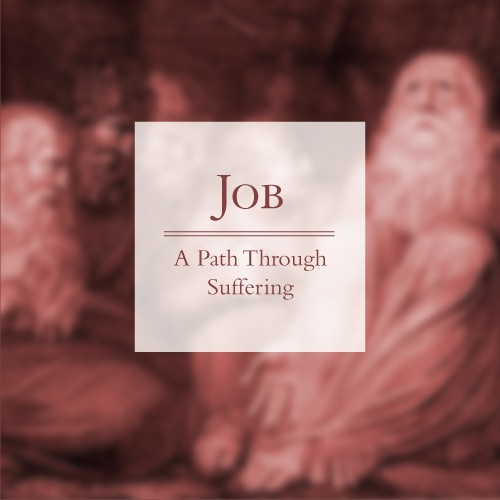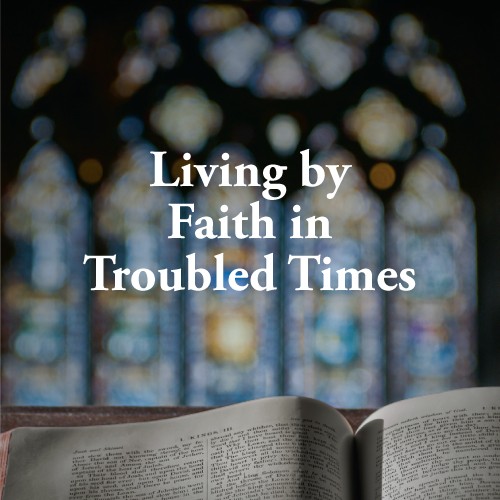
Sermon
Women, Pagans and Pharisees
Tim Keller | April 1, 2007
Overview
In the burial of Jesus, we see three classes of people who are brought together by the death of Jesus.
There is the Roman centurion, who is a pagan. There are the women who stay with Jesus all through this time. And there’s Joseph of Arimathea, who is a member of the Sanhedrin, a Pharisee, a member of the ruling party. Women, pagans, Pharisees—three groups of people who don’t usually hang out together. Yet something has brought them together. These are three groups all making positive responses to the death of Jesus.
What we learn here is 1) the world we all want, 2) the change we need, and 3) how we can get it.



